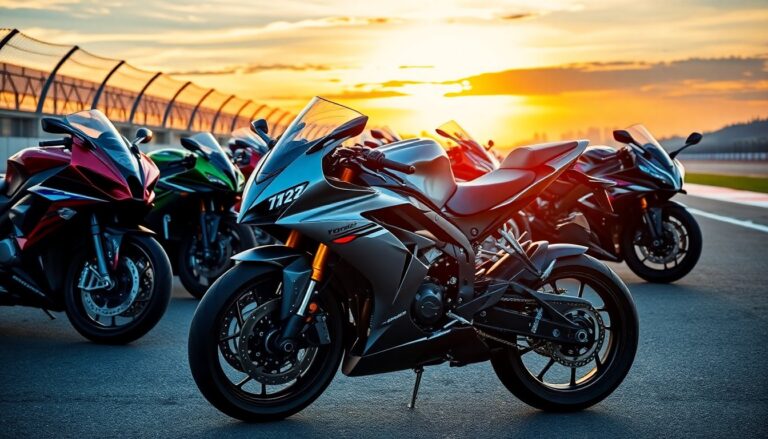Argomenti trattati
In the realm of motorcycles, superbikes captivate both enthusiasts and riders. These high-performance machines are renowned for their speed and agility, evolving dramatically since their inception. To appreciate the superbike phenomenon, one must understand its history, technological advancements, and the surrounding culture.
From their early days on racetracks to their current status as street-legal marvels, superbikes have undergone significant transformations. This article explores the thrilling world of superbikes, examining their evolution, key features, and their impact on motorcycle culture.
The history of superbikes
The term superbike generally refers to motorcycles with engine displacements exceeding 750cc, characterized by their sportbike design. The origins of superbikes trace back to the mid-1970s, when manufacturers began producing bikes with increasingly powerful engines. The Kawasaki Z1, introduced in 1972, is often credited as the first true superbike, featuring a 903cc engine that set new standards for speed and performance.
The superbike era truly exploded in the 1980s and 1990s with iconic models such as the Honda CBR900RR and the Yamaha YZF-R1. These bikes not only pushed the limits of speed but also incorporated cutting-edge technology, including liquid cooling systems and advanced suspension setups. The combination of power, speed, and handling made superbikes the ultimate choice for street riders and racetrack competitors.
Technological advancements
Superbikes have become synonymous with innovation over the years. Modern superbikes feature enhancements that improve both performance and safety. For instance, the introduction of ride-by-wire throttle systems allows for smoother acceleration and better control. Additionally, many models now come standard with ABS (anti-lock braking system) and traction control, which help prevent accidents in high-speed situations.
Another significant advancement is the integration of electronic suspension systems, which adjust the bike’s damping characteristics in real-time based on riding conditions. This technology not only improves handling performance but also enhances rider comfort during long journeys.
The culture of superbikes
The appeal of superbikes extends beyond their mechanical prowess; they represent a lifestyle and a community. Riders often form clubs and participate in events that celebrate their love for speed and performance. The superbike culture is characterized by camaraderie, with riders sharing tips, experiences, and a passion for the open road.
Racing events such as the Superbike World Championship and Isle of Man TT further fuel the excitement surrounding superbikes. These competitions showcase the incredible skill of riders and the engineering excellence of manufacturers. The adrenaline-fueled atmosphere draws fans from around the globe, fostering a sense of unity among motorcycle enthusiasts.
Riding a superbike
For those considering entering the world of superbikes, understanding the unique riding experience is essential. Riding a superbike requires a different skill set compared to standard motorcycles. The riding position is often more aggressive, requiring riders to shift their weight forward, which enhances aerodynamics at high speeds. Additionally, superbikes are designed for cornering and braking performance, making it crucial for riders to develop their techniques and confidence.
Safety gear is paramount when riding a superbike. Investing in high-quality helmets, jackets, gloves, and boots is vital for protection against potential accidents. Moreover, riders should consider enrolling in advanced riding courses to enhance their skills and ensure a safe riding experience.

